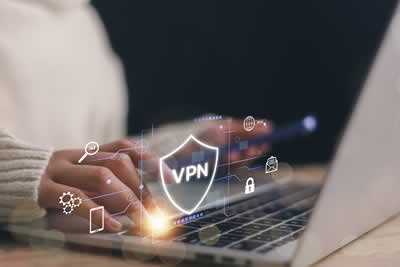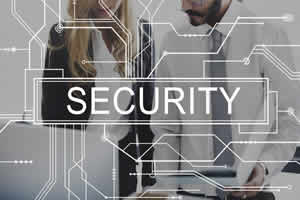Data management and security are becoming increasingly important in the healthcare industry.
With the rise of electronic health records (EHRs) and other digital technologies, providers have access to vast amounts of information about their patients. And this must be adequately controlled to ensure patient privacy and safety.
To improve care quality and reduce costs, healthcare organizations must understand how best to reap these benefits. Managing and storing data can be essential in any field of work, especially in healthcare.
This article will discuss key concepts related to adequate healthcare and client data management strategies that will better protect your clients' information, while optimizing its use for improved care delivery.

Developing Security and Management Strategies
To ensure that patient records are secure and accurate, they must be properly stored, organized, and protected.
This includes establishing strict procedures for who can access information, how it is transmitted, and how it is backed up to prevent loss or misuse.
It also involves developing access control protocols for authorized personnel, setting up systems for auditing usage, and tracking potential breaches in security.
In addition to safeguarding patient information, this practice can also help improve care quality by enabling better analysis of patient outcomes.
With robust systems in place, trends in patient health can be tracked over time, identifying areas of improvement in care delivery and enabling informed decisions about resource allocation.
This type of decision-making can ultimately lead to more efficient operations that are better able to meet the needs of patients while still keeping costs under control.
In addition, healthcare organizations should set up procedures to ensure that all data is securely stored, organized, and retrieved when needed. Hence, it is always available in the event of an emergency.
Data encryption and two-factor authentication will further protect patient information.
Staff Training
All staff members must receive adequate training on healthcare and client data management strategies. This includes educating employees on the importance of protecting patient information and the various protocols for accessing, storing, organizing, and backing up data. Staff should be familiar with the different systems used for auditing and tracking potential security breaches.
By providing
comprehensive training, healthcare providers can ensure that everyone understands their role in managing patient information and is committed to protecting it. This will help to minimize the risk of data breaches and ensure that patient records remain secure at all times.
Utilizing Cloud Solutions to Streamline Data Management Processes
Healthcare providers must ensure they are utilizing the best strategies and technologies to protect patient data while improving care delivery.
Cloud computing solutions such as Microsoft Azure or Amazon Web Services offer an ideal solution for organizations looking to streamline their data management. These cloud-based services provide a secure platform for storing, organizing, and accessing patient information while offering scalability and flexibility.

By switching to a cloud-based solution, the need for bulky hardware such as servers or storage devices can be eliminated, reducing costs and increasing accessibility.
Establishing Policies and Procedures
When it comes to protecting and managing client data, policies and procedures should be set up to ensure information security while still providing access to authorized personnel.
These policies should include protocols for who can view or edit medical records and the processes for securely transmitting and
backing up information.
Healthcare providers should set up systems for auditing data use and tracking potential breaches in security. By doing this, they will ensure that all employees know how important it is to protect patient information and also understand the importance of their role in ensuring its security.
Finally, healthcare organizations should consider investing in the latest security technologies and tools, such as identity access management systems or encryption software.
These solutions can help protect patient data further while allowing authorized personnel to view and edit information.
By proactively protecting patient information, healthcare providers can ensure that their data remains secure and accessible when needed.

Final Word
Healthcare providers must take all necessary steps to protect patient data and keep it secure while providing access to authorized personnel.
Investing in the latest security technologies is vital in protecting patient information and minimizing the risk of data breaches. And identity access management systems and encryption software will ensure that patient records remain secure.
Establishing policies and procedures is also essential for ensuring that all employees understand their role in protecting patient data and are committed to doing so.
By taking these steps, healthcare organizations can achieve the dual aims of keeping patient records secure while still improving care delivery.

























